Perfume is a blend of essential oils and aroma compounds, diluted in alcohol, designed to evoke emotions and enhance personal scent, playing a key role in daily life.
1.1 Understanding Fragrance Notes
Fragrance notes are the layers of scents in a perfume, divided into top, middle, and base notes. Top notes are the initial, fleeting aromas, like citrus or bergamot, creating the first impression. Middle notes emerge after the top notes fade, often floral or spicy, adding depth. Base notes are the richest, longest-lasting scents, such as vanilla or musk, providing warmth and longevity. Understanding these notes helps in identifying preferences and appreciating how fragrances evolve. They are crucial in creating a harmonious scent experience, making fragrance notes a key concept in perfume appreciation and selection.
1.2 Importance of Perfume in Daily Life
Perfume is more than just a scent; it’s a personal identity. It enhances mood, boosts confidence, and serves as a tool for self-expression. The right fragrance can create lasting impressions and evoke emotions, making it a significant part of daily life. Perfume can also influence moods and memories, connecting deeply with personal experiences. Applying it correctly on pulse points maximizes its impact, ensuring a lasting impression without overwhelming others. Balancing its use is key to enjoying its benefits fully.
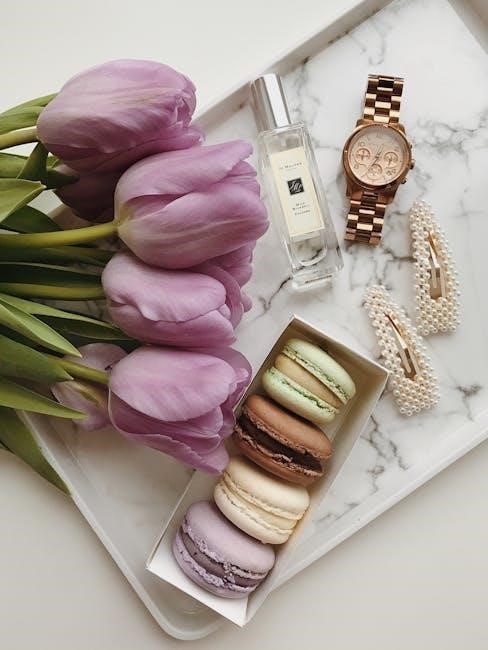
Types of Perfume Concentrations
Perfume concentrations vary, offering different strengths and longevity. Common types include Eau Fraîche, Eau de Cologne, Eau de Toilette, Eau de Parfum, and Parfum, each catering to unique preferences and lifestyles.
2.1 Eau Fraîche, Eau de Cologne, and Eau de Toilette
Eau Fraîche, Eau de Cologne, and Eau de Toilette are lighter concentrations of perfume. Eau Fraîche contains 1-3% essential oils, offering a subtle scent lasting about 2 hours. Eau de Cologne has 3-5% concentration, typically featuring citrus notes, and lasts slightly longer. Eau de Toilette, with 5-15% essential oils, provides a moderate fragrance lasting 4-6 hours. These concentrations are ideal for everyday use, especially in warmer climates, as they are refreshing and less overpowering. They are perfect for those who prefer a delicate scent without overwhelming others.
2.2 Eau de Parfum and Parfum: Higher Concentrations
Eau de Parfum (EDP) and Parfum are higher concentrations of fragrance, offering longer-lasting scents. EDP contains 15-20% essential oils, providing a balanced aroma that lasts 6-8 hours. Parfum, the most concentrated form, holds 20-30% essential oils, delivering a rich, intense fragrance for 8-12 hours. These are ideal for special occasions or evening wear, as they exude depth and sophistication. Parfum is often used sparingly due to its potency, while EDP strikes a perfect balance for all-day wear. Both are favored for their longevity and complex scent profiles, making them popular among perfume enthusiasts seeking a memorable fragrance experience.
How to Choose the Right Fragrance
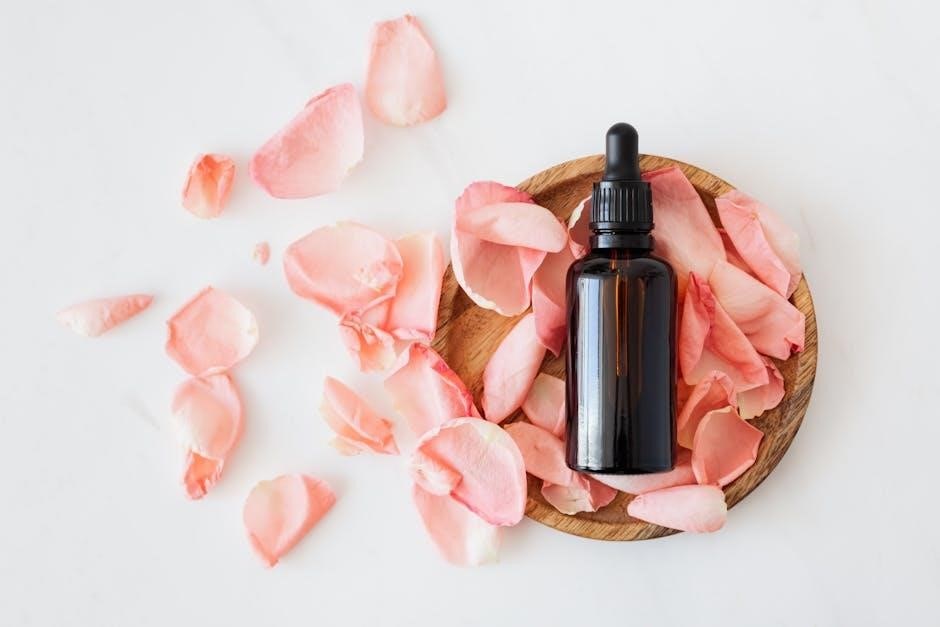
Choosing the right fragrance involves considering personal preferences, testing scent notes, and exploring fragrance families to find a perfume that aligns with your lifestyle and tastes.
3.1 Identifying Personal Preferences
Identifying personal preferences in perfume involves exploring different scents, understanding what resonates emotionally, and considering lifestyle. Start by testing various fragrances on skin, as scent evolves over time. Note how you feel about specific notes, such as floral, woody, or oriental. Consider when and where you’ll wear the perfume—day, night, or special occasions. Fragrance families like citrus or musk can guide your choices. Trust your instincts and select scents that make you feel confident and comfortable. This process helps narrow down options and find a fragrance that truly suits you.
3.2 Fragrance Families: Floral, Woody, Oriental, and More
Fragrance families categorize scents based on dominant notes, helping to simplify selection. Floral perfumes feature blooms like rose or jasmine, ideal for timeless elegance. Woody scents highlight cedar, sandalwood, or patchouli, offering earthy sophistication. Oriental fragrances combine spices, amber, and vanilla for warmth and depth. Citrus perfumes, with notes of lemon or bergamot, are fresh and invigorating. Fougère, a blend of lavender, geranium, and moss, is crisp and masculine. Understanding these families allows you to explore fragrances aligned with your tastes, whether you prefer something soft and floral or robust and woody.
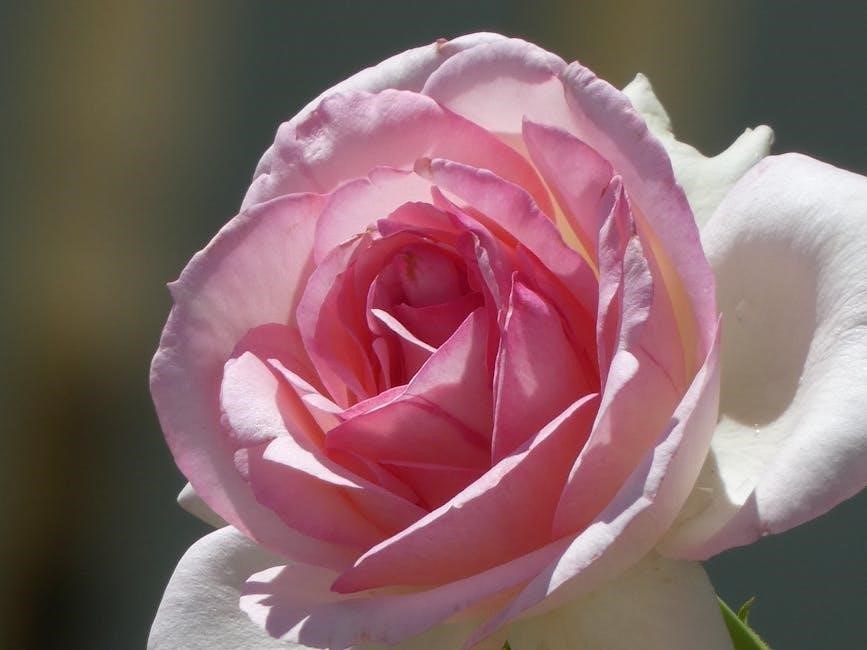
Applying Perfume Correctly
Apply perfume to pulse points like wrists, neck, and behind ears. Spray 1-2 times, avoiding rubbing, to preserve fragrance. Don’t over-apply for lasting scent.
4.1 Pulse Points and Spraying Techniques
Perfume is best applied to pulse points—wrists, neck, and behind the ears—where blood vessels are close to the skin, enhancing scent diffusion. Use 1-2 spritzes, avoiding over-application. Lightly spray; don’t rub, as it can break down fragrance molecules. For a subtle effect, spray in the air and walk through the mist. Avoid applying to clothes, as fabric absorbs scent differently. Proper techniques ensure longevity and prevent overwhelming others. Experiment to find what works best for you and your fragrance preferences.
4.2 Avoiding Common Mistakes
Avoid over-spritzing, as it can overwhelm others and shorten fragrance longevity. Don’t rub wrists after applying, as it breaks down molecules. Refrain from spraying on clothes or sensitive skin, as this can cause irritation or stains. Applying perfume in direct sunlight or heat can degrade the scent. Don’t layer multiple strong fragrances, as they may clash. Overapplying in hot weather can be overwhelming. Let the fragrance settle for a minute before dressing. These tips ensure a pleasant and lasting scent experience;
Proper techniques enhance enjoyment and respect for others.

Budgeting for Perfume

Perfume can fit any budget, from affordable options like eau de toilette to luxury brands. Research and test before buying to ensure value for money.
Always compare prices and consider smaller sizes for expensive fragrances. Investing in quality over quantity ensures satisfaction and longevity of your scent collection.
5.1 Affordable Options and Luxury Brands
Perfume can range from budget-friendly eau de toilette to luxurious parfum concentrations. Affordable options like eau de toilette offer lighter scents perfect for everyday use, while luxury brands provide high-quality, long-lasting fragrances. To balance quality and price, consider smaller sizes or testing samples before investing. Luxury brands often feature unique, complex blends and premium packaging, justifying higher costs. However, affordable fragrances can also deliver exceptional value. Always research and compare prices to find the best fit for your budget and preferences, ensuring your fragrance collection remains satisfying without overspending.
Storing Perfume Properly
Store perfume in a cool, dark place to preserve its fragrance and longevity. Avoid exposure to direct sunlight and heat sources, as these can degrade the scent.
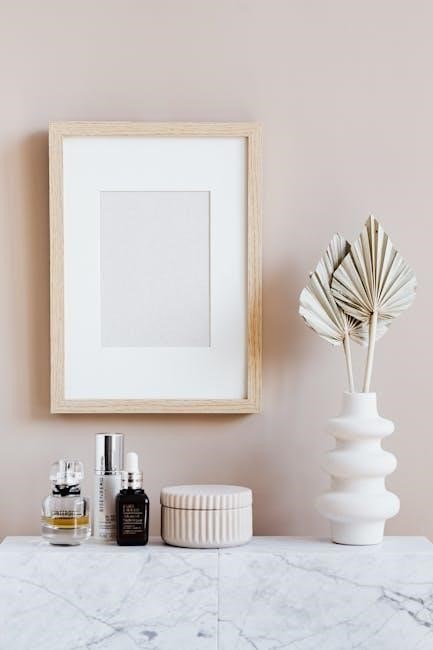
6.1 Protecting Fragrances from Light and Heat
Protecting fragrances from light and heat is crucial to maintain their quality and longevity. Light exposure can cause the breakdown of essential oils, altering the scent. Heat accelerates this process, leading to a loss of fragrance complexity. To preserve your perfumes, store them in dark, cool environments, such as a drawer or cupboard. Avoid placing bottles near windows or in bathrooms, where humidity and temperature fluctuations are common. Use dark-tinted bottles if possible, as they naturally filter out harmful light. Additionally, keep perfumes away from heaters or radiators to prevent degradation. Proper storage ensures your fragrances remain vibrant and intact for years.
Mastering perfume basics, from notes to application, enhances your fragrance journey. Explore preferences, store properly, and apply thoughtfully for a lasting impression and enjoyable scent experience always.
7.1 Final Tips for Perfume Enthusiasts
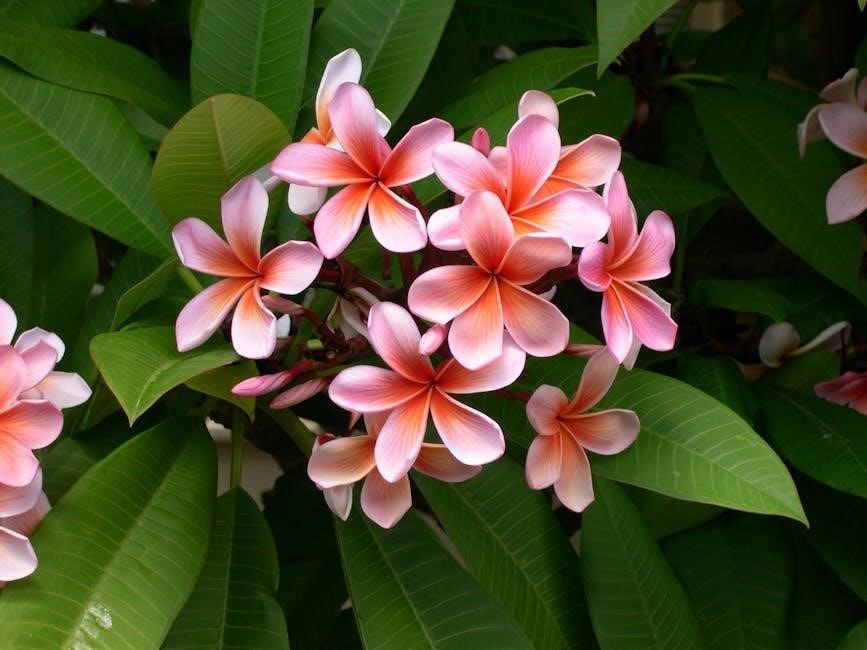
Mastering perfume involves understanding notes, concentrations, and proper application. Experiment with samples, store fragrances in cool, dark places, and avoid over-spraying. Test scents on skin, as perfume evolves uniquely on individuals. Explore fragrance families to discover preferences and build a collection. Consider seasonal variations, opting for lighter scents in summer and richer ones in winter. Keep a perfume journal to track favorites and note impressions. Finally, embrace the journey—perfume is a personal art form meant to evoke joy and confidence in every wearer.
